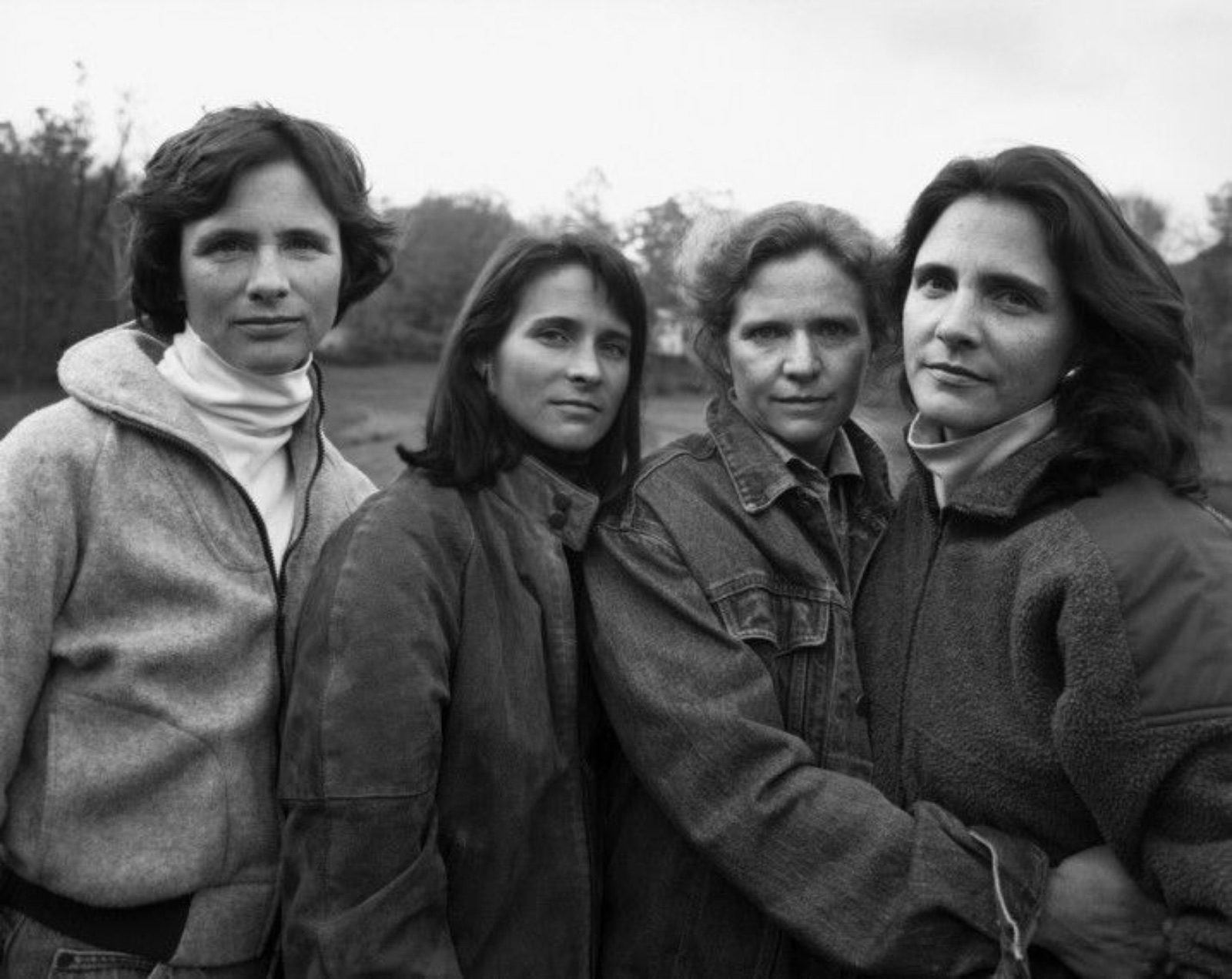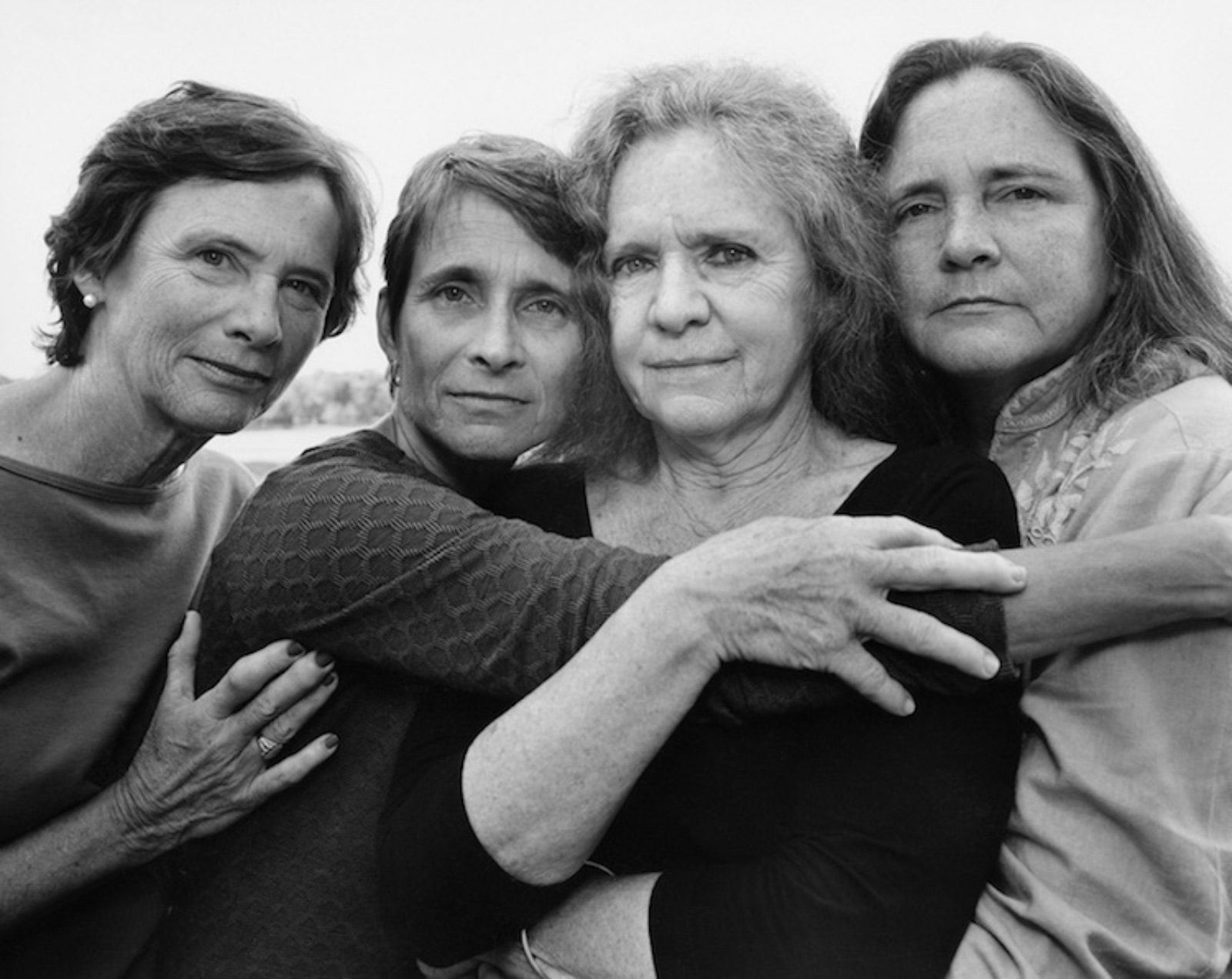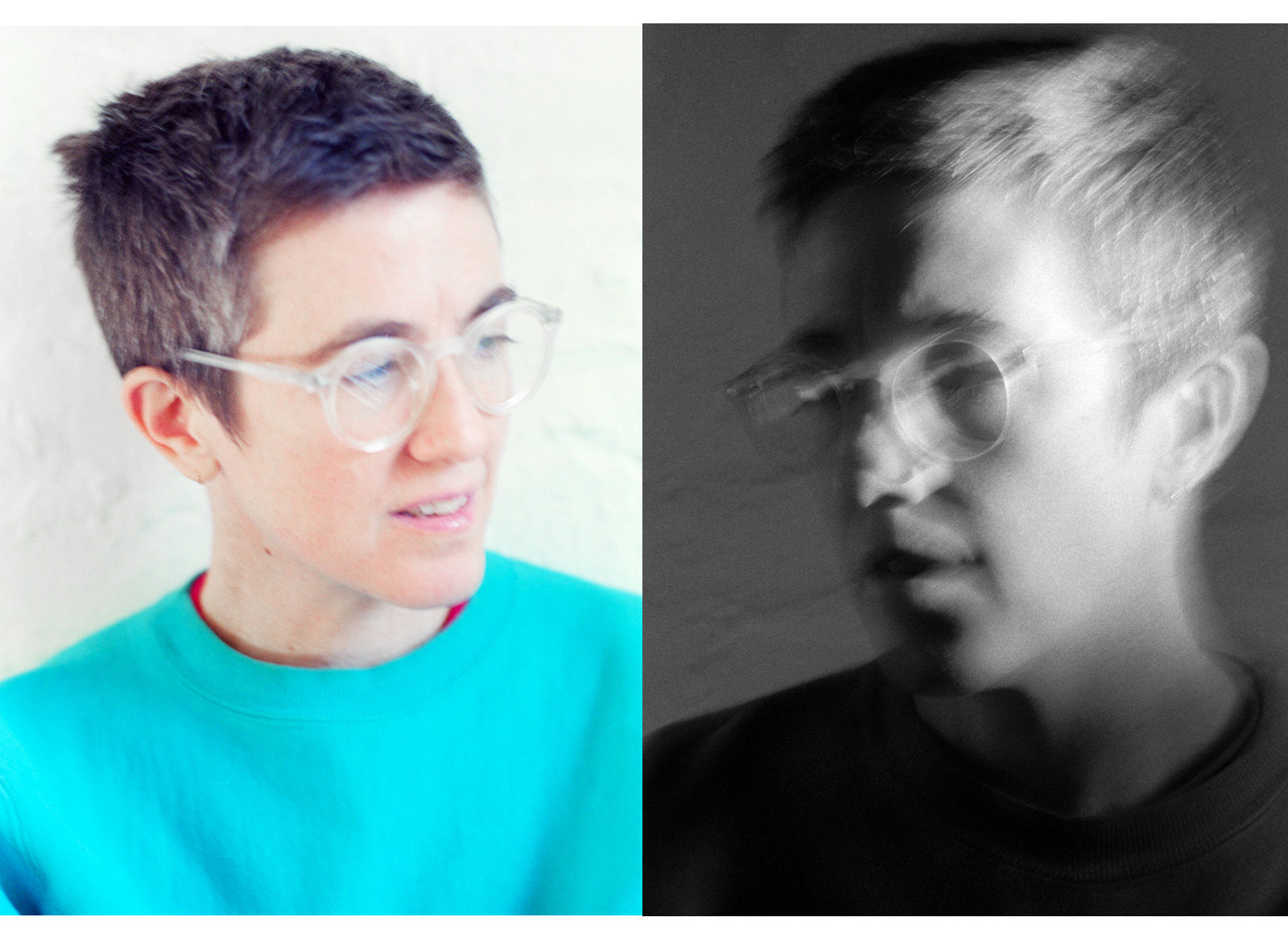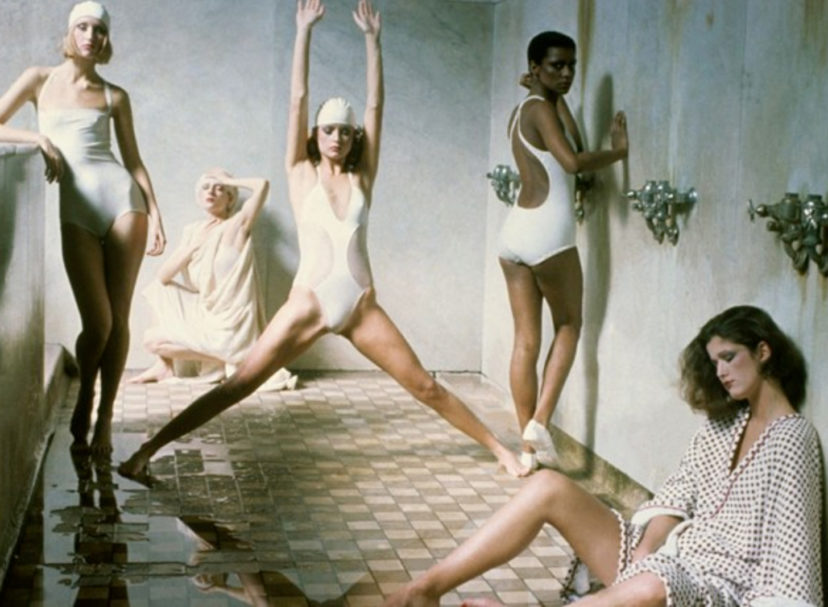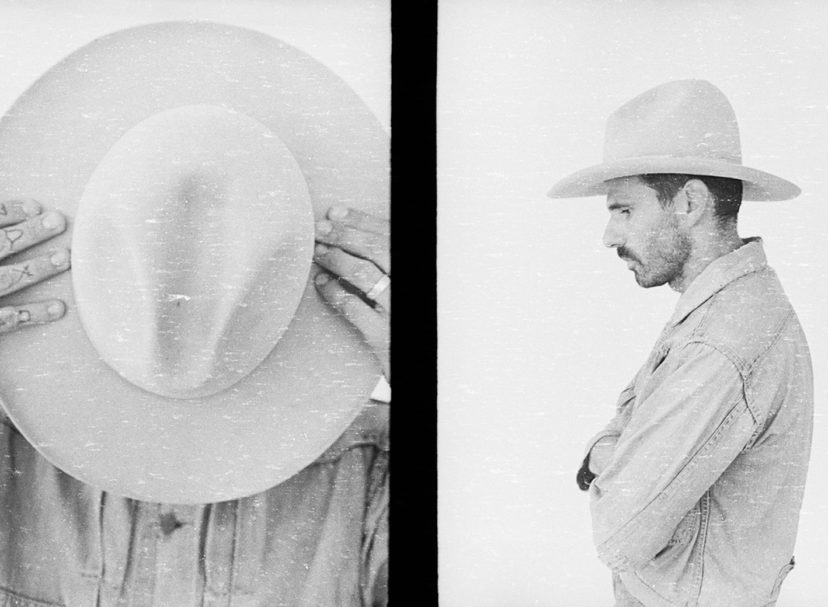Interview: Ben Estes
Cover Photos: Marcelo Gomes
All Other Images Courtesy of the Artist
Our last visit with Mary Manning was her exquisite, intimate gem of a show at Cleopatra’s. But now we’re thrilled at the chance to listen in on a deeper discussion with the woman behind the art in her interview with Ben Estes. The conversation takes us as far back as Manning at 11 years-old; she takes us through the way her practice has changed along with the technology; she even shares what her favorite images are from her body of work.
New York-based photographer Mary Manning has an upcoming show at Little Sister in Toronto, and projects on the horizon.
In addition to being a friend of Manning’s, Estes is a poet and painter who publishes books on both subjects through his publishing company The Song Cave.
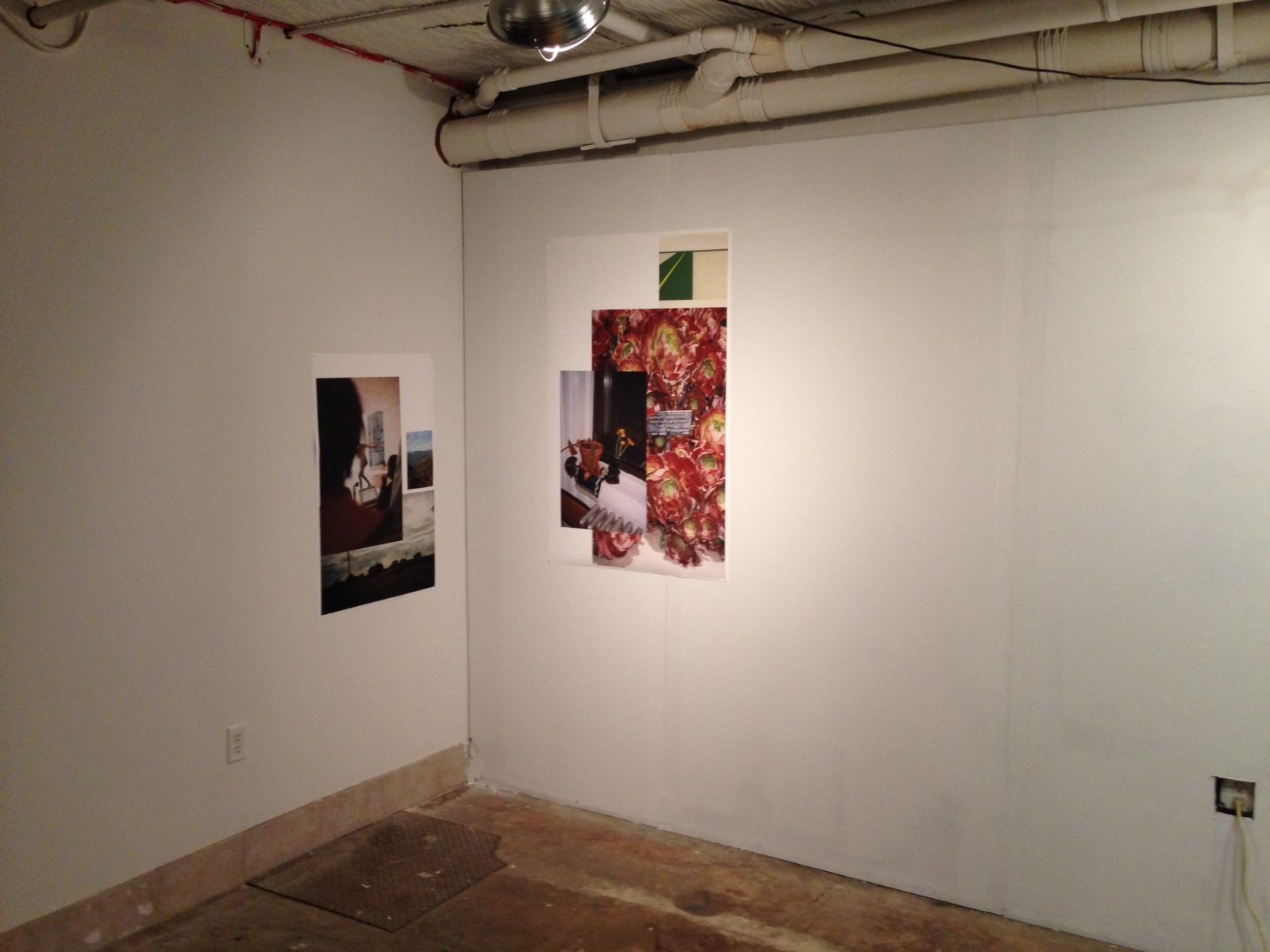
Ben Estes: So, what do you see as the beginning of your work – were you taking photographs from an early age?
Mary Manning: I think it might really have all began because of my father getting really interested in photography when I was a kid. He would let me use his camera a lot and eventually I ended up with it, I think when I was in college. I had a bunch of cheap cameras as a kid though. Remember disc cameras? Lots of disposable cameras for vacations and field trips. I found a roll of film from around age 11 and it made me laugh that a lot of the images were the same as I might take now. In the 90’s & after college, in the midst of a community where everyone was making zines and such, it was super common to keep a point and shoot camera or a polaroid camera with you. I have so many photos from that period and into the early 2000’s before digital cameras. My hugest regret though: after a bunch of moves as a young person, someone convinced me to throw away a lot of my negatives to “save space.” What a dumb idea. I really don’t know why I went for it. The other major area of early influence was cinema. I spent so much time growing up being in front of screens – the big kind. I feel like it really had a pretty major affect on me in terms of how I see the world in frames in a sense.
Ben Estes: The body of your work is of course composed of beautiful and stunning individual photographs, but when I try to imagine a Mary Manning photograph I sometimes have a hard time actually picturing anything at all. Instead I imagine a kind of weather, or a deep breath. And that’s certainly not to say that I feel any of your individual images are generic in any way (I’ve often dreamt of having the VW bug photograph from your show at Cleopatra’s hanging in my home), but it’s almost as if in the end what is being pictured is not even what I’m attracted to. I’m drawn to your sensibility, your attention. The one moment that stretched itself out just long enough for you to notice it. So, to try to make a question out of this, I guess I’d love to hear about when or why you take the camera out of your pocket when you do? Is there something that can be namable that you notice?
Mary Manning: I don’t know if there is some kind of specific way to call it, or name what it is, that moment of decision. Whatever it is, I try to think of it less and less, or try to let it be unnamable in a way. There was a time when my flow was really strong with picture taking during the years of carrying a digital camera everywhere and just looking everywhere and paying attention so so much. Not having certain limits with cost of film and processing, and being able to look at the results right away and adjust the frame and the use of a zoom built in. I took hundreds of photos every day. And so much of that just became LOG. Pre-Instagram. I’ll come back to that maybe. When I slowly went back to shooting film around 2011/12 and tried to adjust to other limits, I suddenly became more aware of a decision to take a photo or not. But also it became a game of trust in my eyes. Like, I see something here and I’m going to take one picture of it, and I think it will come out just like I saw it. I guess I try not to tie my mind down too much in the moment of deciding. Trying not to question. So my habits changed in the last 5 or so years. Now I’m just more aware of inner flow. Like how I’m feeling affects whether I’m even paying attention or able to connect with the desire to record something. All this applies for shooting film. Then the phone camera and trying to figure out what role that really plays. Not sure if role is even the right way to call it. In general, a certain feeling about the phone, somewhat pained and unsettled maybe.
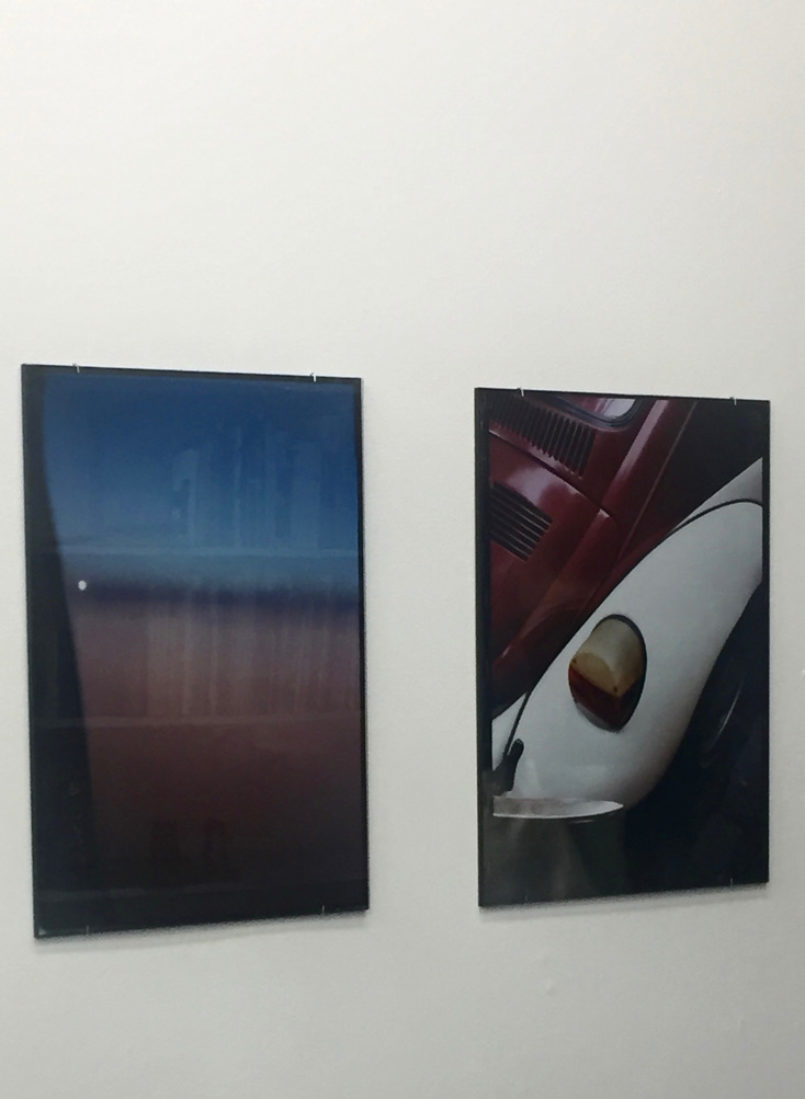
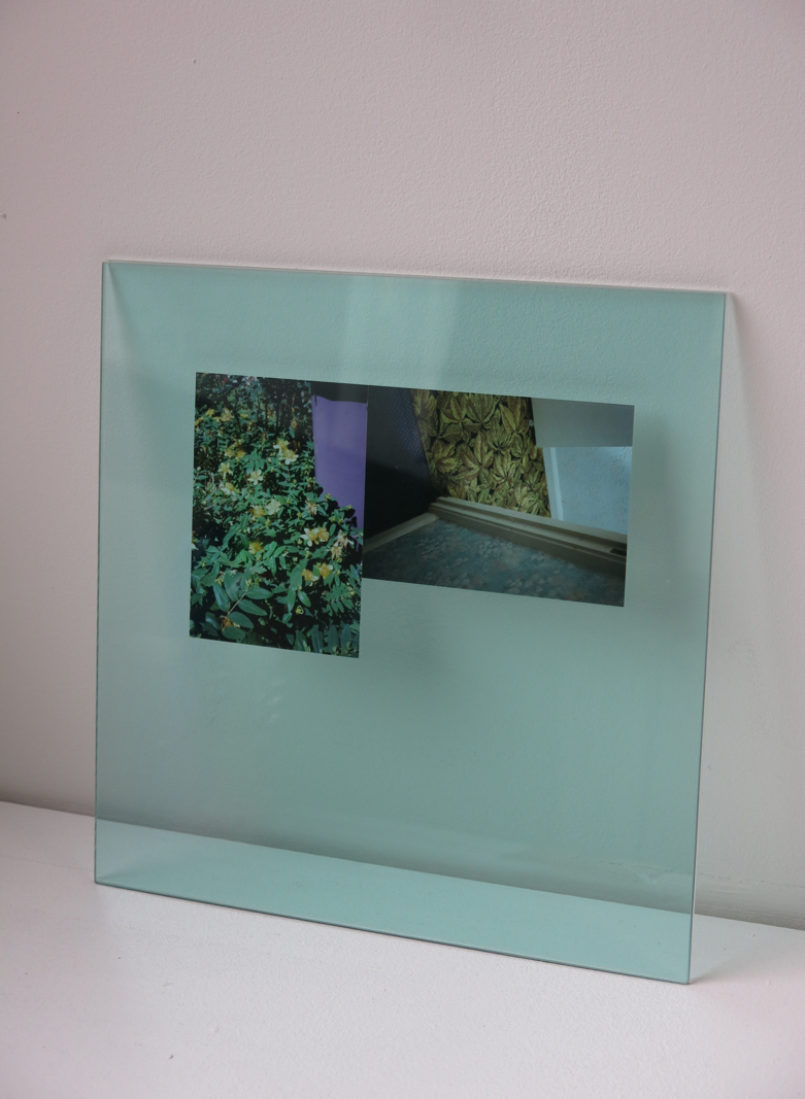
Being out in the world. I guess this is the essence of what photography is for me.
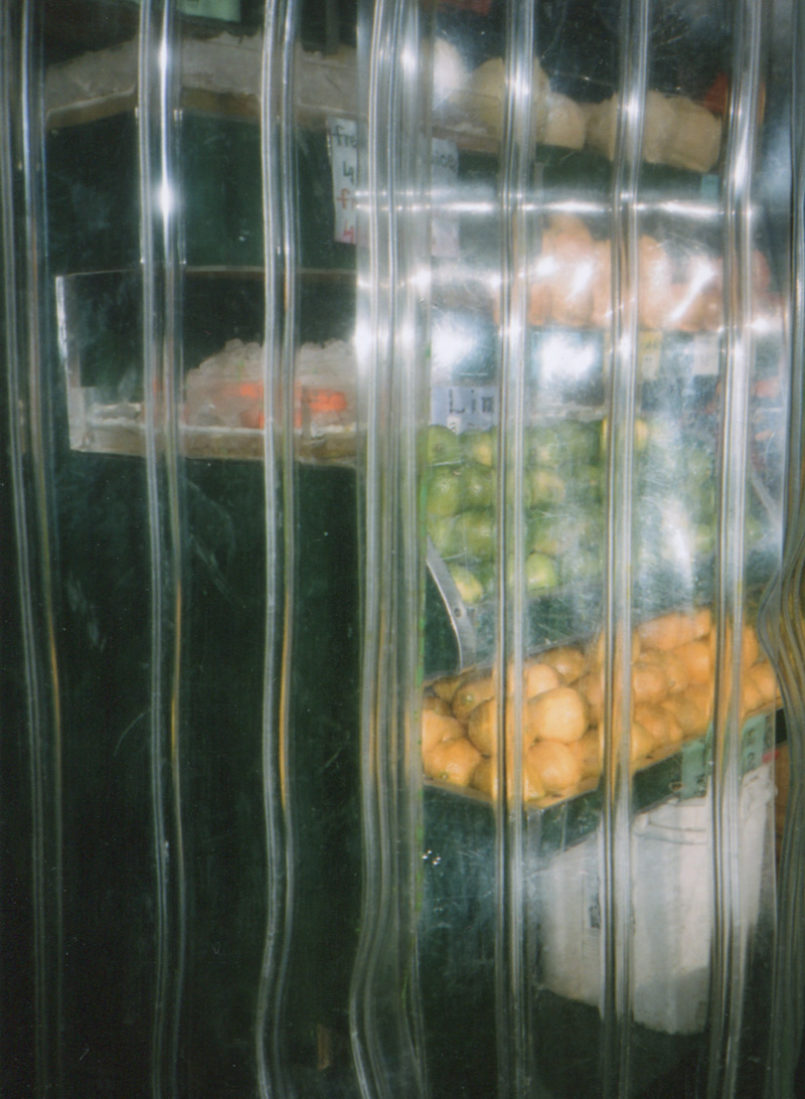
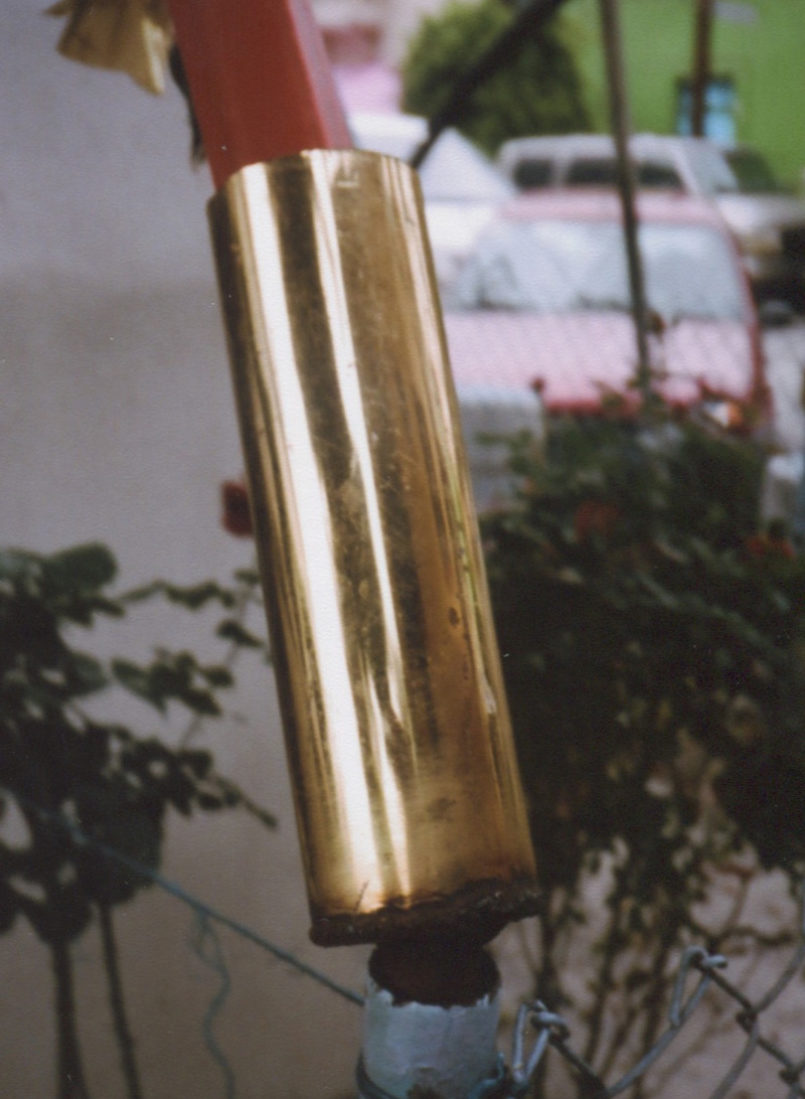
Ben Estes: I hope I don’t spin off too far from your reply, but you just said something there that really struck me, you spoke about being able to “connect with the desire to record something,” which in some way makes me then think about your work as a type of evidence of desire, which of course you are so much more eloquently able to say than how I was trying to describe your photos earlier – but yes, evidence of desire. It makes me think of a Robert Adams quote I recently read that says “It is the artist’s work, not their life, that tells us how they escaped failure, thus it is through the work that we may find something useful.” Which I take to mean: we all live lives of failure, but it is through the desire to search out the world’s lessons that we may actually reach out to one another – which may just be the job of the artist.
You mention LOG, which was a portion of your website unchangingwindow.com, which also featured sections devoted to books, movies, and music – which was how you inadvertently first reached out to me, where I first saw your images. My ex-boyfriend had been following your website, showed it to me one night, and I spent the next 4 hours looking through the back-archive of photos. I really couldn’t get enough. As crazy as it sounds, I felt like I was getting to know you and becoming friends with you through your art, though we had never met. (Which now, in the world of instagram, seems to happen all the time.)
So, to combine this idea of desire, along with the kind of social element of photography – that one is often out in the world as one photographs, that you often photograph those that are dear to you, and how art can connect people – could you maybe talk a little about the role photography has for you regarding any of these?
Mary Manning: Being out in the world. I guess this is the essence of what photography is for me. Because there isn’t really a separation of saying, now I leave the house to go make a photo. It’s more of an integration into the way I am in the world. To be a social person, a lonely person, a hungry person, a person in love, a person in pain, to be joyful, to be a queer human, a human in nature, in time, in a moment – all of these ways of being out in the world are modes that inspire or encourage taking photos.
Ben Estes:Is there any photo that you’ve taken that you return to most, that you think back on that holds a particularly special place? Do you have any photos in your wallet?
Mary Manning: As for having one particular photo, I’d say that really truly any of the photos from Greece with Monique are the absolute most dear to me in all my life. Each image holds a powerfully special memory from the experience of being there. Both in 2014 and again in 2017 really. And my dream is to continue to visit the same island and same places with the same person. Building a long story like Nicholas Nixon’s The Brown Sisters. Who knows. And yes, I have a polaroid of Monique in my wallet and funny enough I didn’t take it.
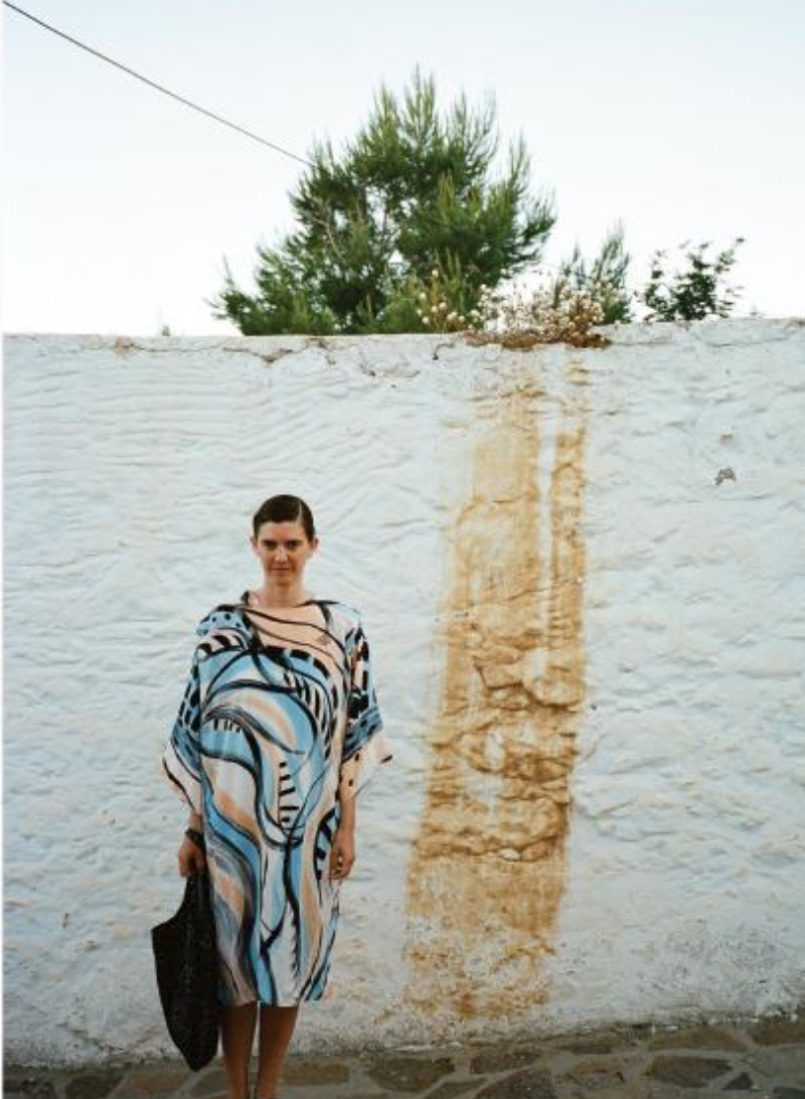
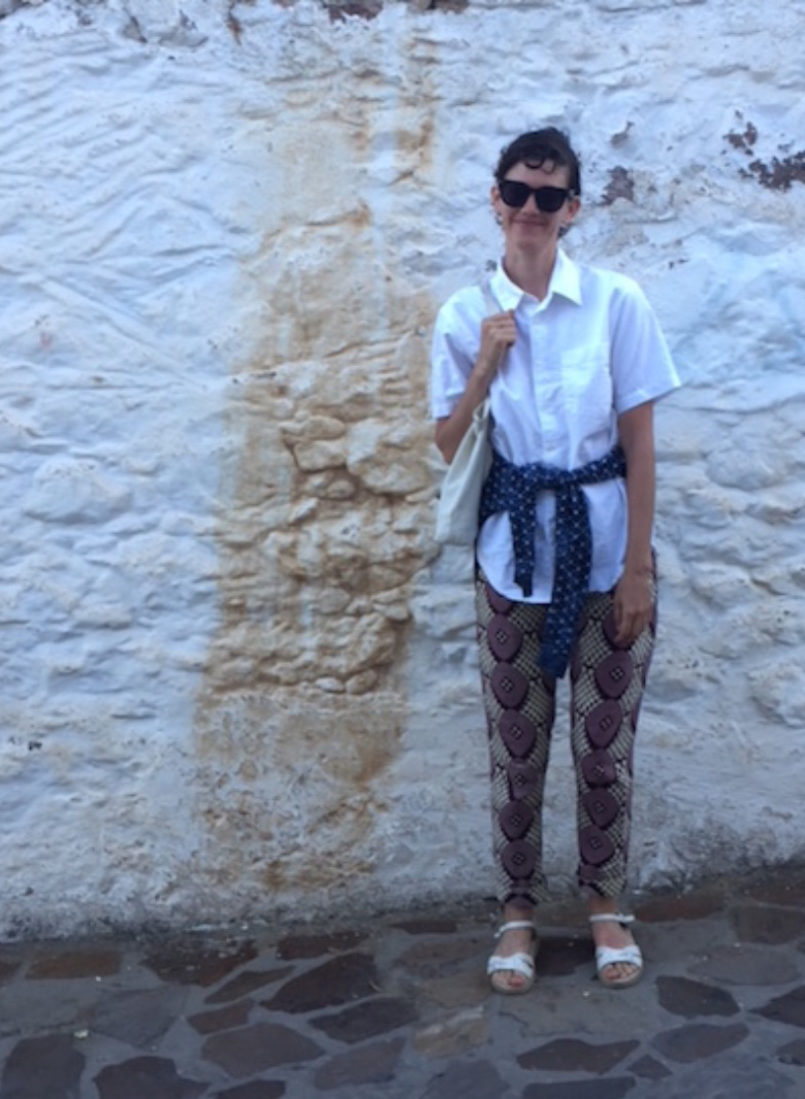
I’d say that really truly any of the photos from Greece with Monique are the absolute most dear to me in all my life
